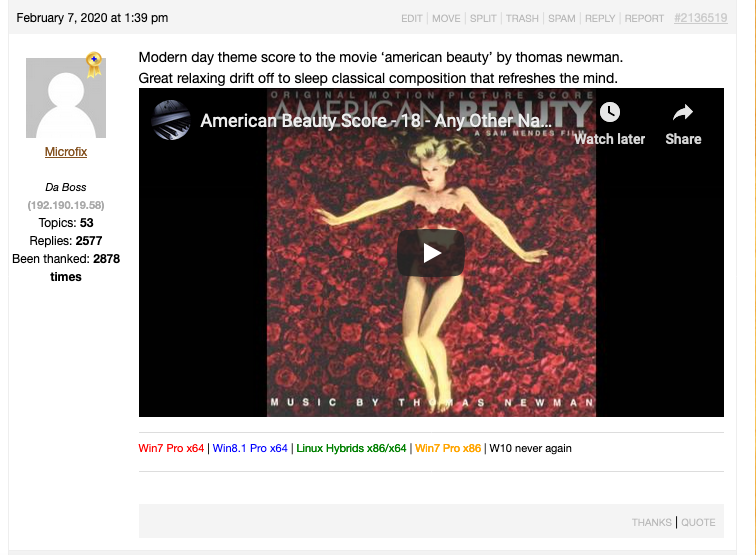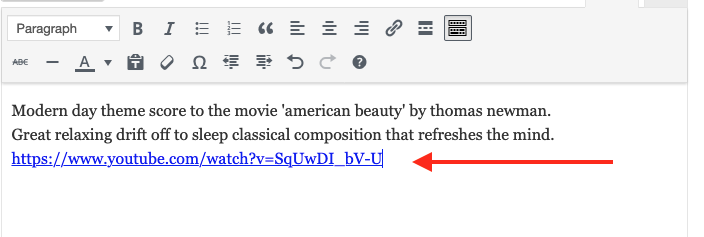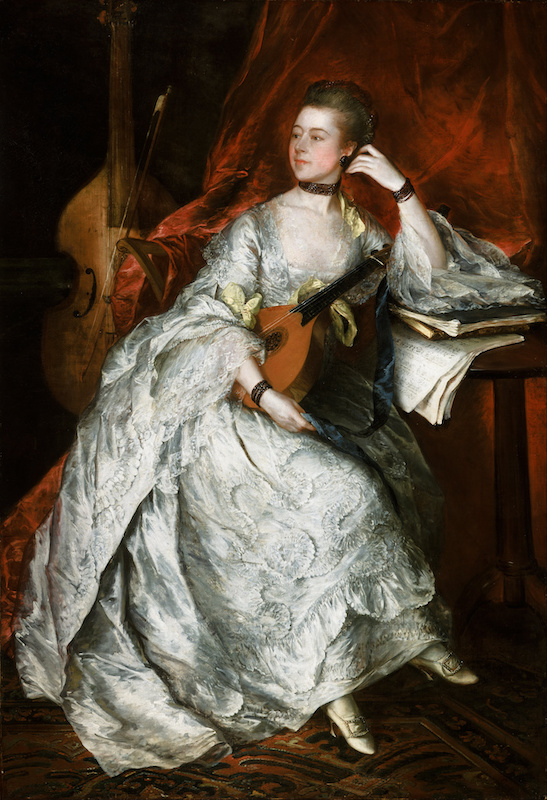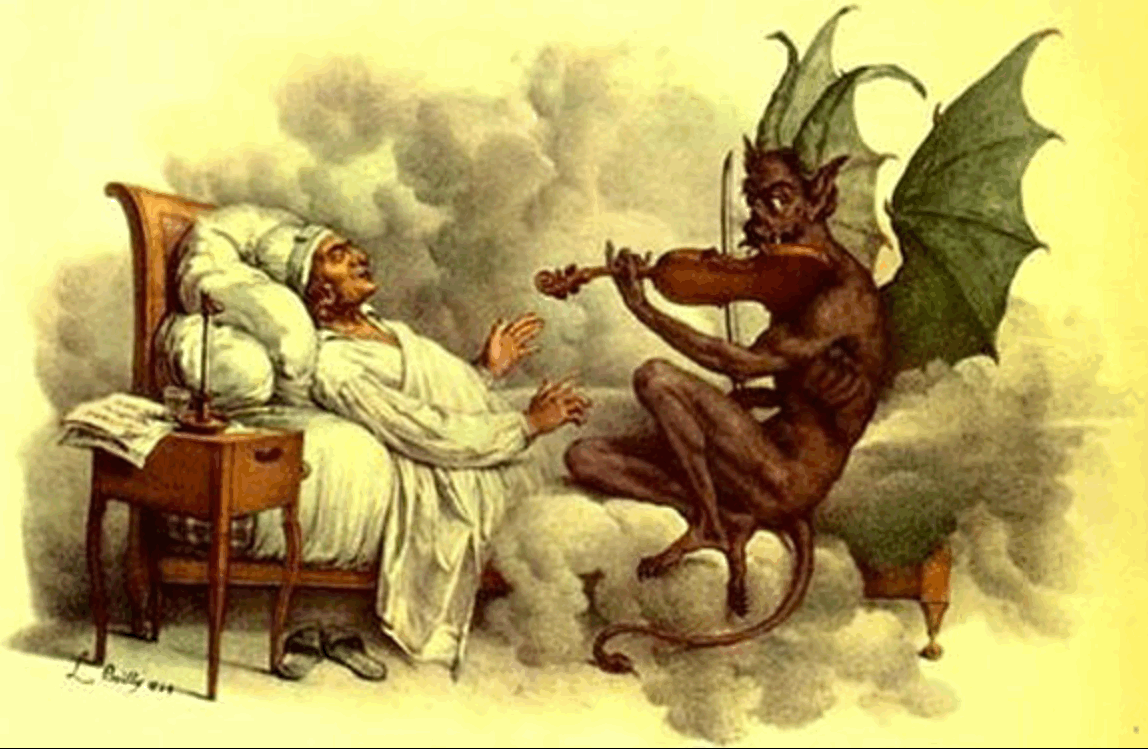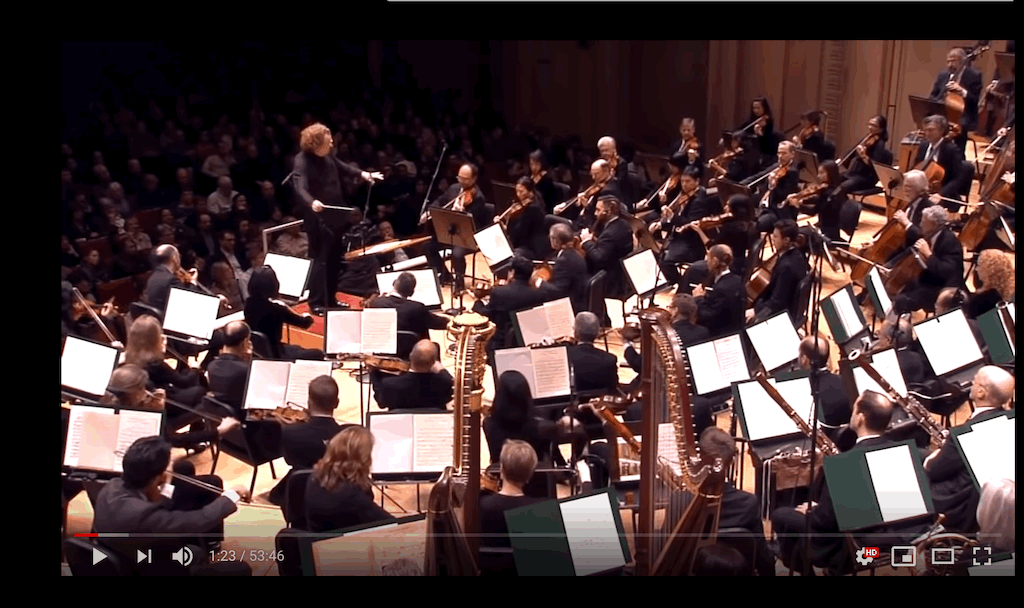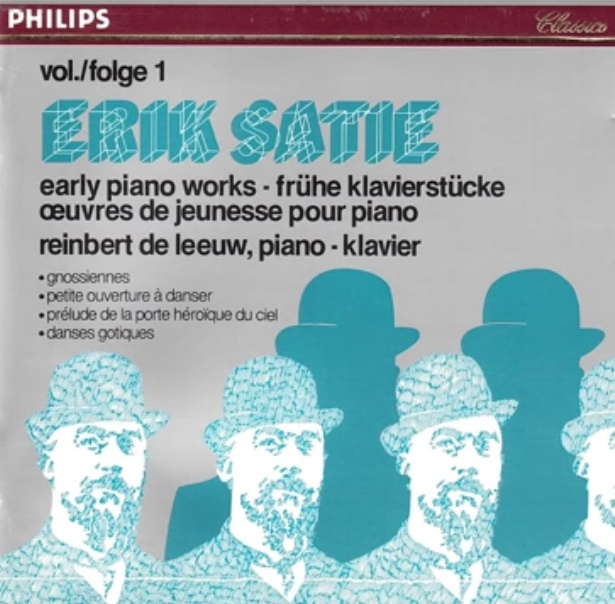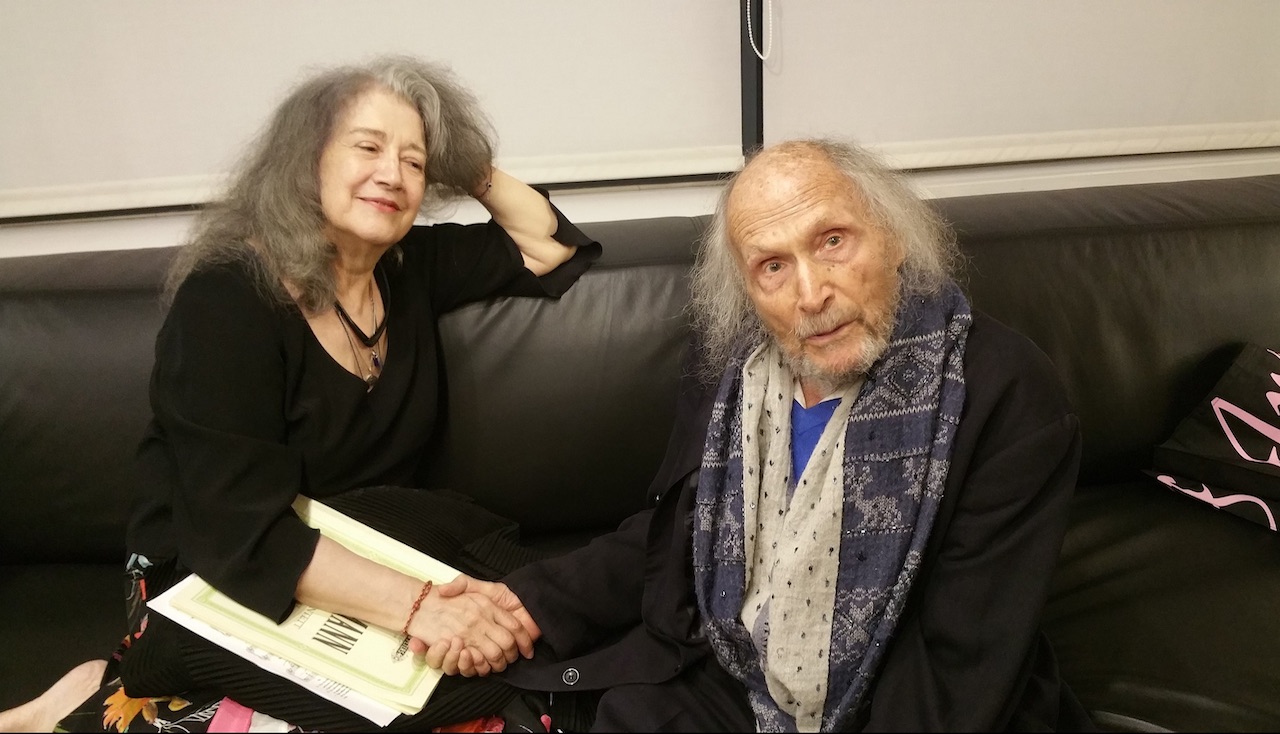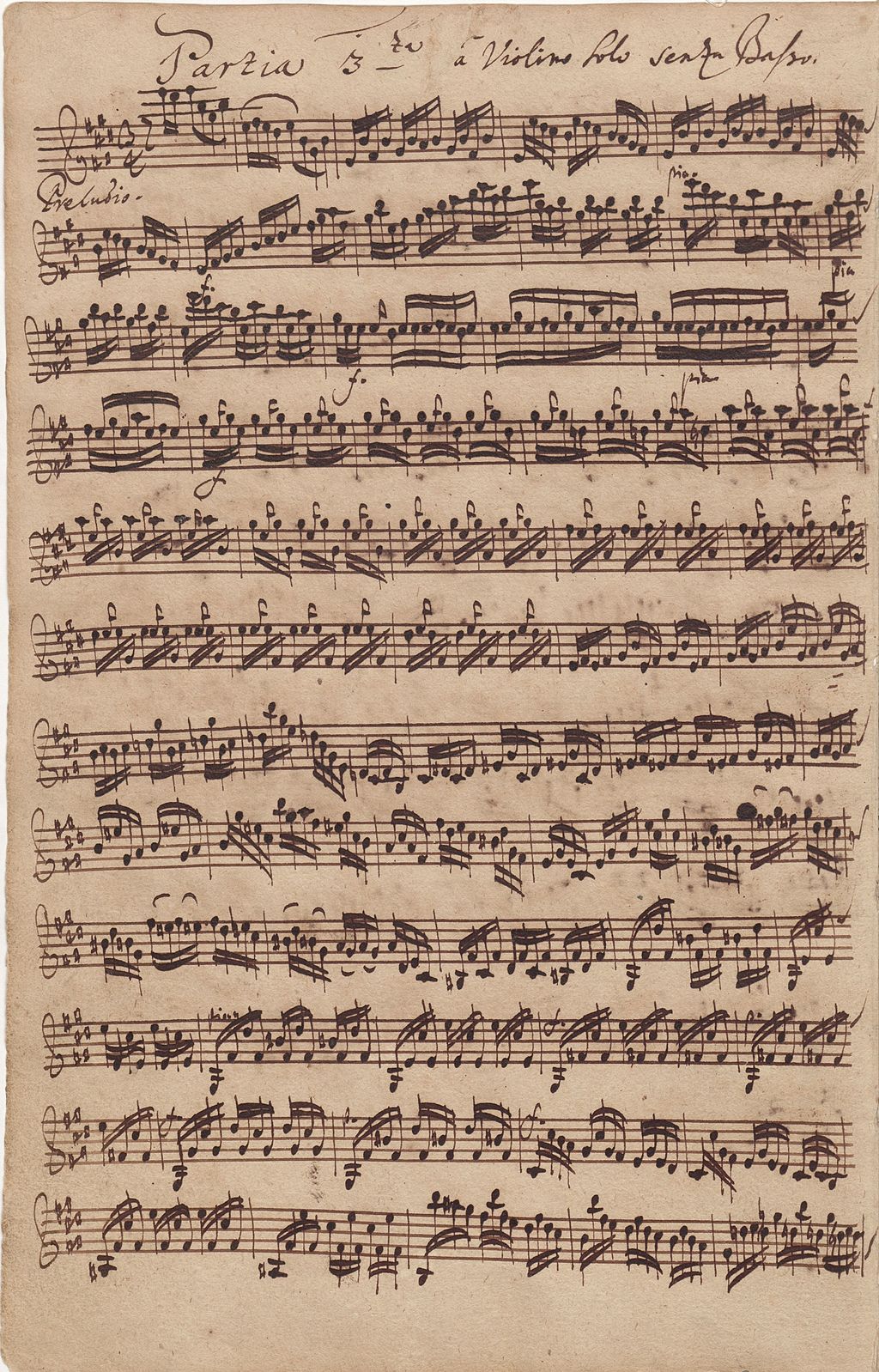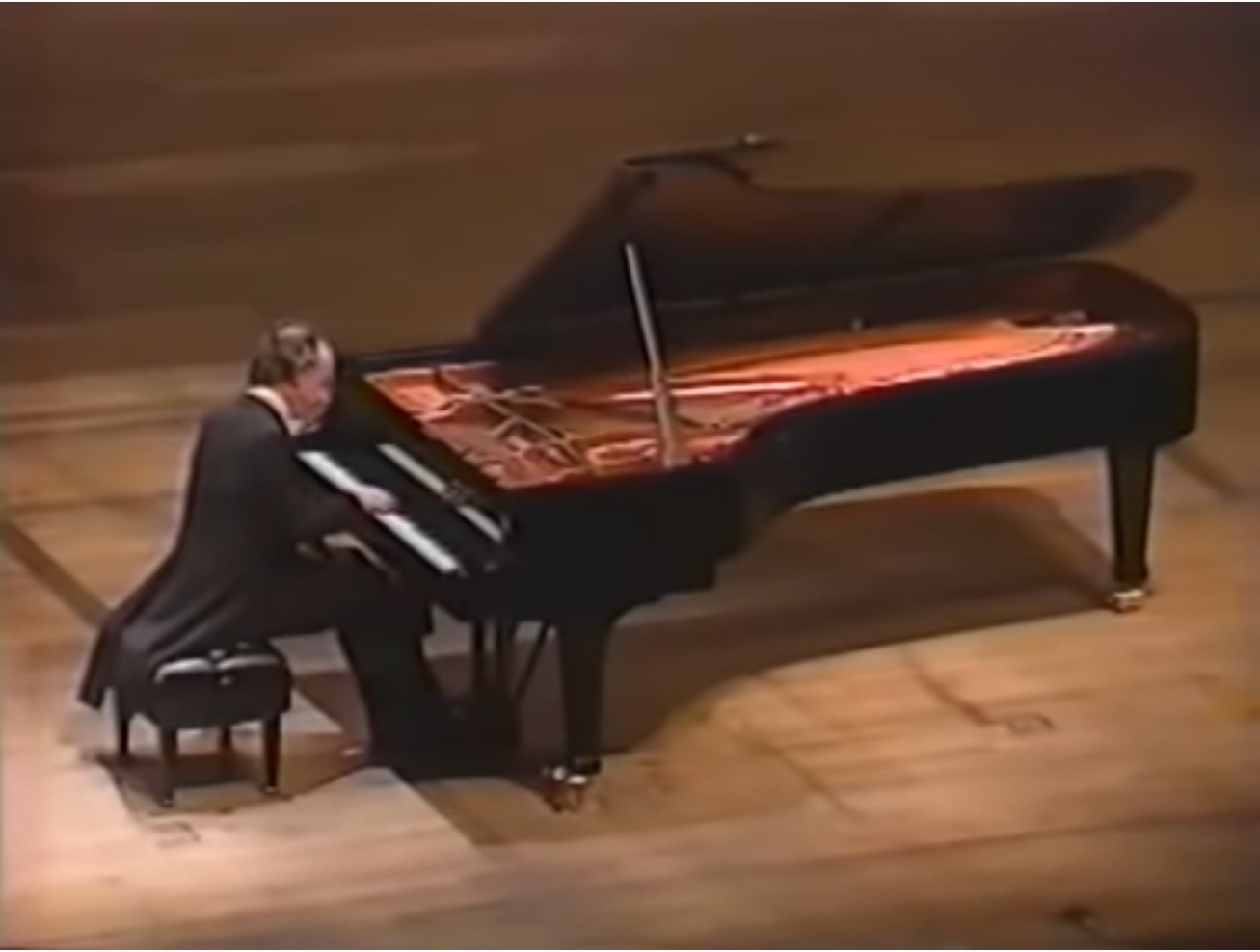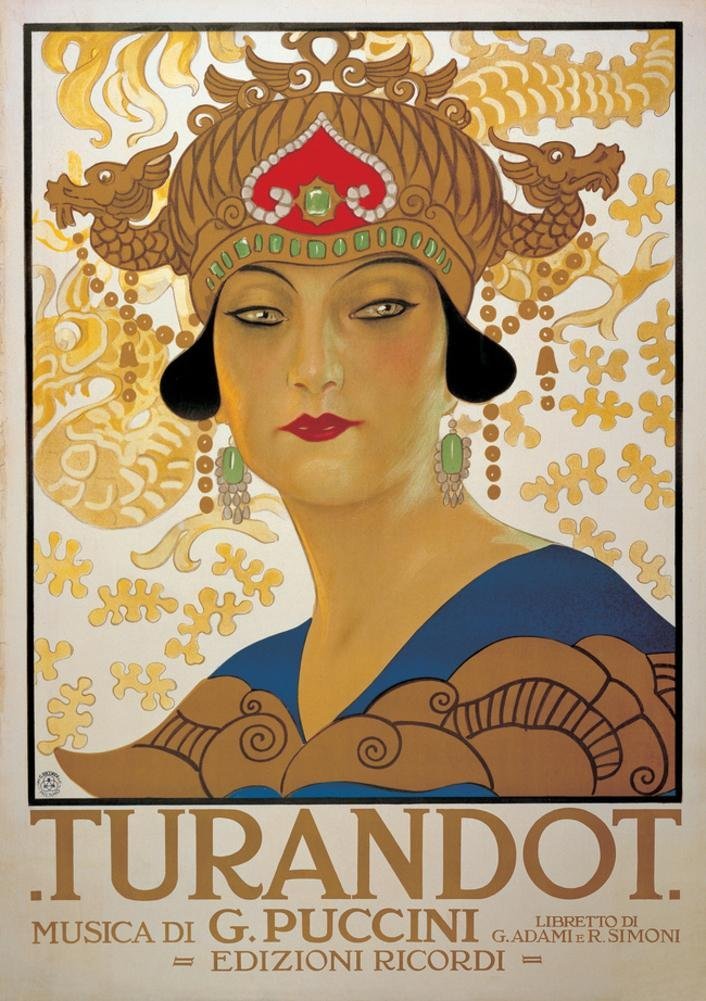It’s been a slow day, and suddenly, as it nears its end, I ‘ve had this idea of “Classical Music” being a topic for a new thread in “Fun Stuff”. Well, as I said: slow day.
Now, I don’t expect this topic to set Woody’s on fire (although one never knows here.) But one discussion earlier on gives me a glimmer of hope this shan’t be a totally wasted effort. That conversation I just mentioned was completely off topic, but maintained enthusiastically by several of us, until KP blew her whistle and the concurrence adjourned sine die and in a hurry (although Wavy made up for that, to some extent, by starting a thread on PDQ Bach, also in “Fun Stuff”.)
To open up proceedings, besides choosing a hard-hitting title I hope will provoke some people to react at all, here are two links to an equal number of not very long performances by good musicians, posted on YouTube. They are among my favorites, and the many ecstatic comments and their two million-plus views each might give some support to that. If you dare go in there, then make sure the Ad Blocker is fully on, so you can enjoy all the beautiful notes, chords and melodies without having to consider toilet cleaning products as well.
This first one is 24 minutes’ long and remarkable for the beautiful and sensitive playing, but more than that, also for the fact that, unlike what is common practice when playing chamber music, the two performers not only do not have the score in front of them, to help stay in sync, but the cellist keeps his eyes shut pretty much throughout, so it is up to the pianist to watch him, now and then, to keep both going together. And without doing a lot of watching, at that:
https://www.youtube.com/watch?v=NNcQuY1isEI
This second example is 17 minutes’ long and is from the breakout album that brought its then sixteen-year old performer to world attention and marked the start of her brilliant international career, one she is still at with continuing success. For more reference, she is a Virginian and hails from that state’s Appalachian Piedmont, in the USA.
I have recordings of this particular piece by some of the greatest performers of the XX Century, some still alive and playing today, some, sadly, no longer so on one, or even both counts. And of transcriptions for several different instruments, some scored by the likes of Brahms and some played by artists with names like Andrés Segovia on guitar, for example. However, this is my own favorite recording, because her playing is so simple, so clear and, well, so right. The way perhaps, as the old saying goes, “Angels play Bach to God (and Mozart to each other)”:
https://www.youtube.com/watch?v=QqA3qQMKueA
OK, the deed is done, now let’s wait and see if anything more ever happens here. I still might be pleasantly surprised, who knows.
Ex-Windows user (Win. 98, XP, 7); since mid-2017 using also macOS. Presently on Monterey 12.15 & sometimes running also Linux (Mint).
MacBook Pro circa mid-2015, 15" display, with 16GB 1600 GHz DDR3 RAM, 1 TB SSD, a Haswell architecture Intel CPU with 4 Cores and 8 Threads model i7-4870HQ @ 2.50GHz.
Intel Iris Pro GPU with Built-in Bus, VRAM 1.5 GB, Display 2880 x 1800 Retina, 24-Bit color.
macOS Monterey; browsers: Waterfox "Current", Vivaldi and (now and then) Chrome; security apps. Intego AV


